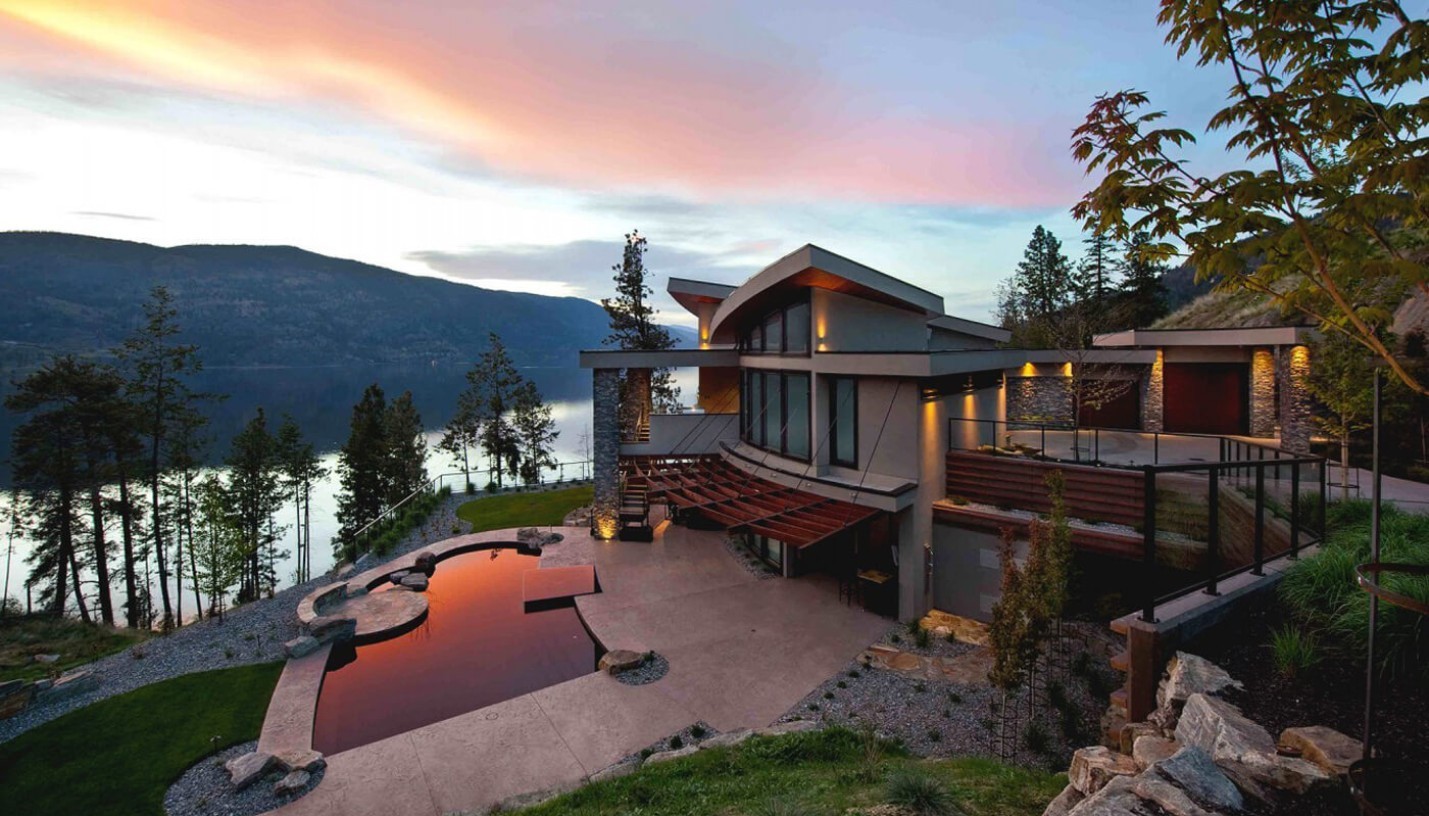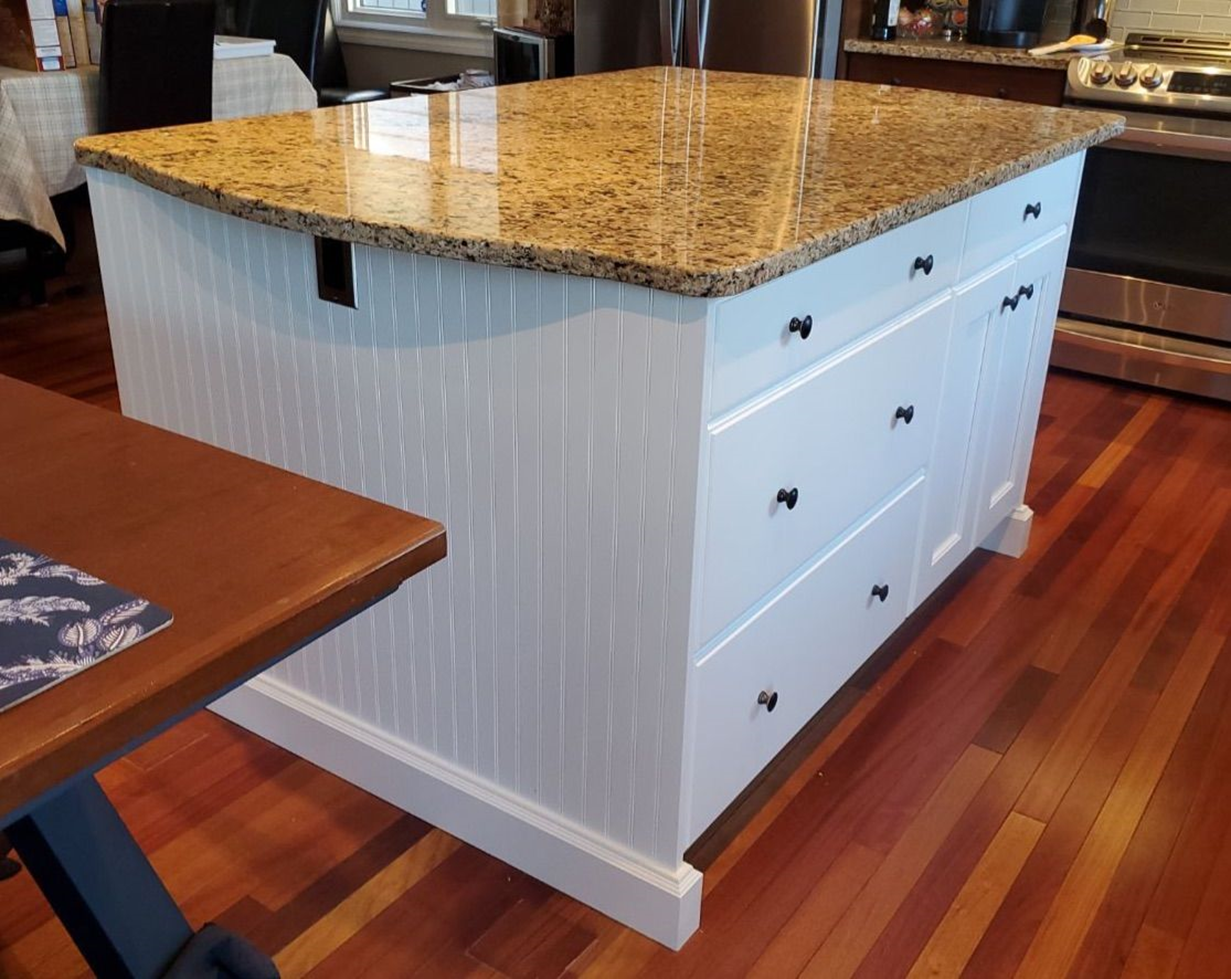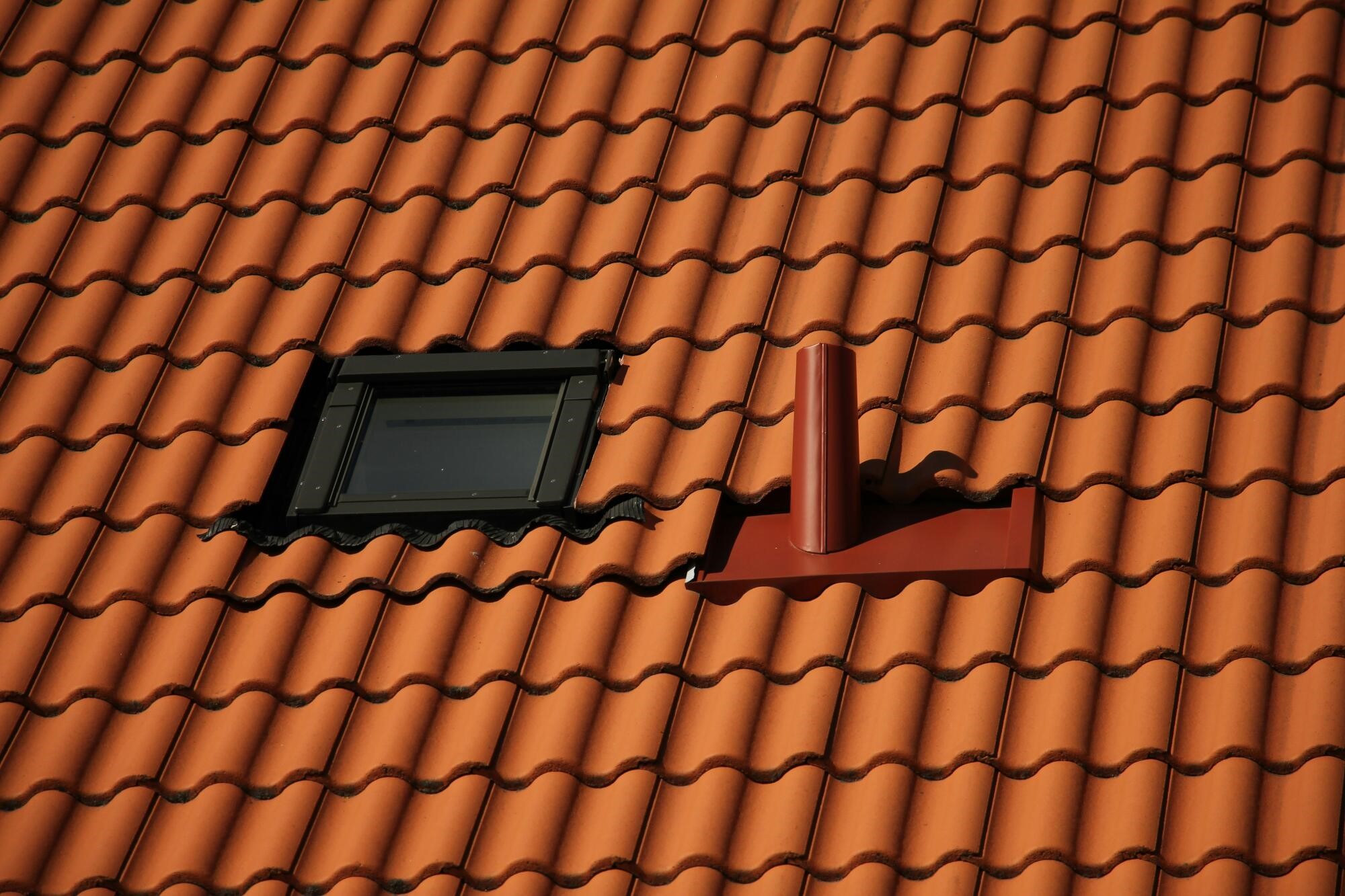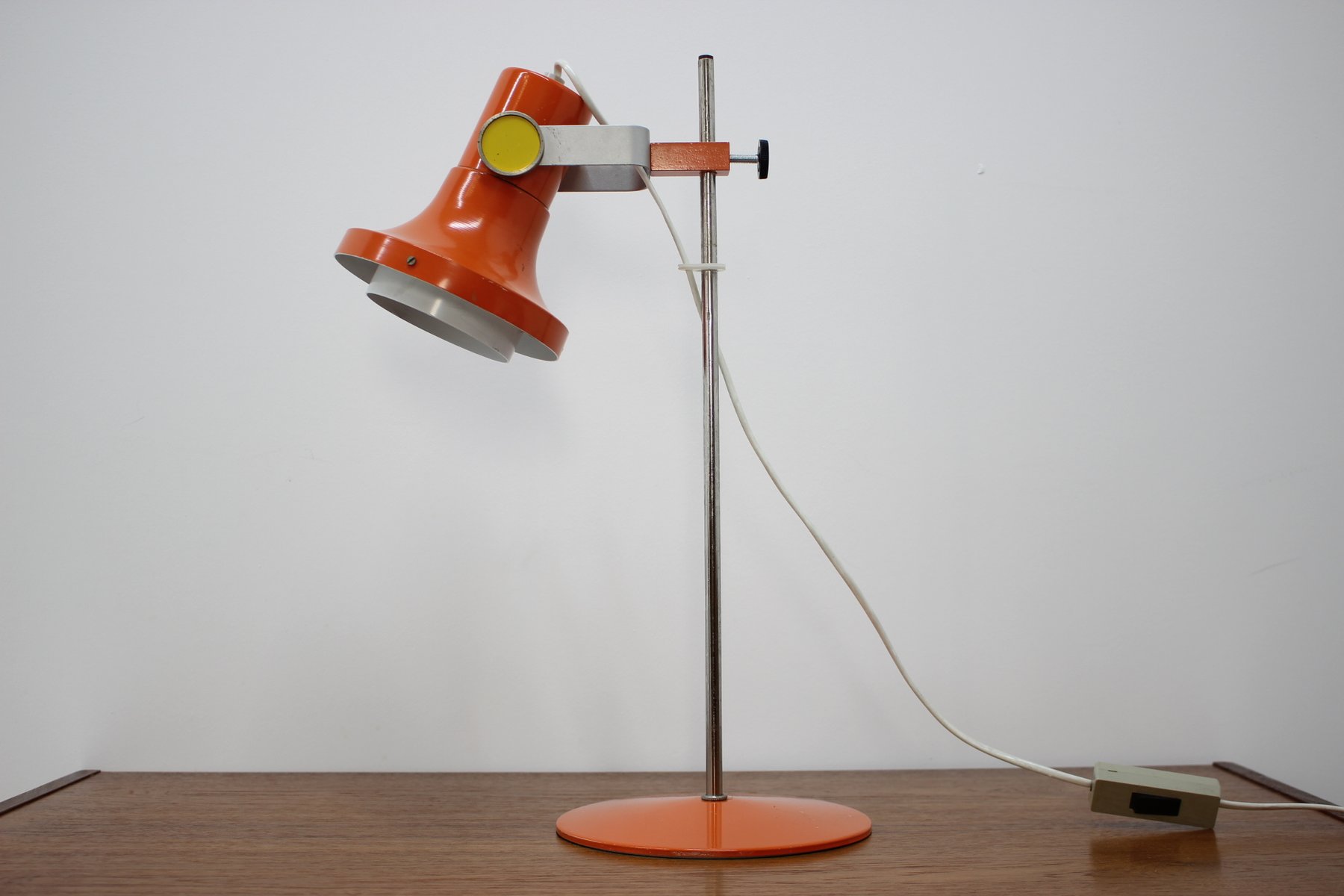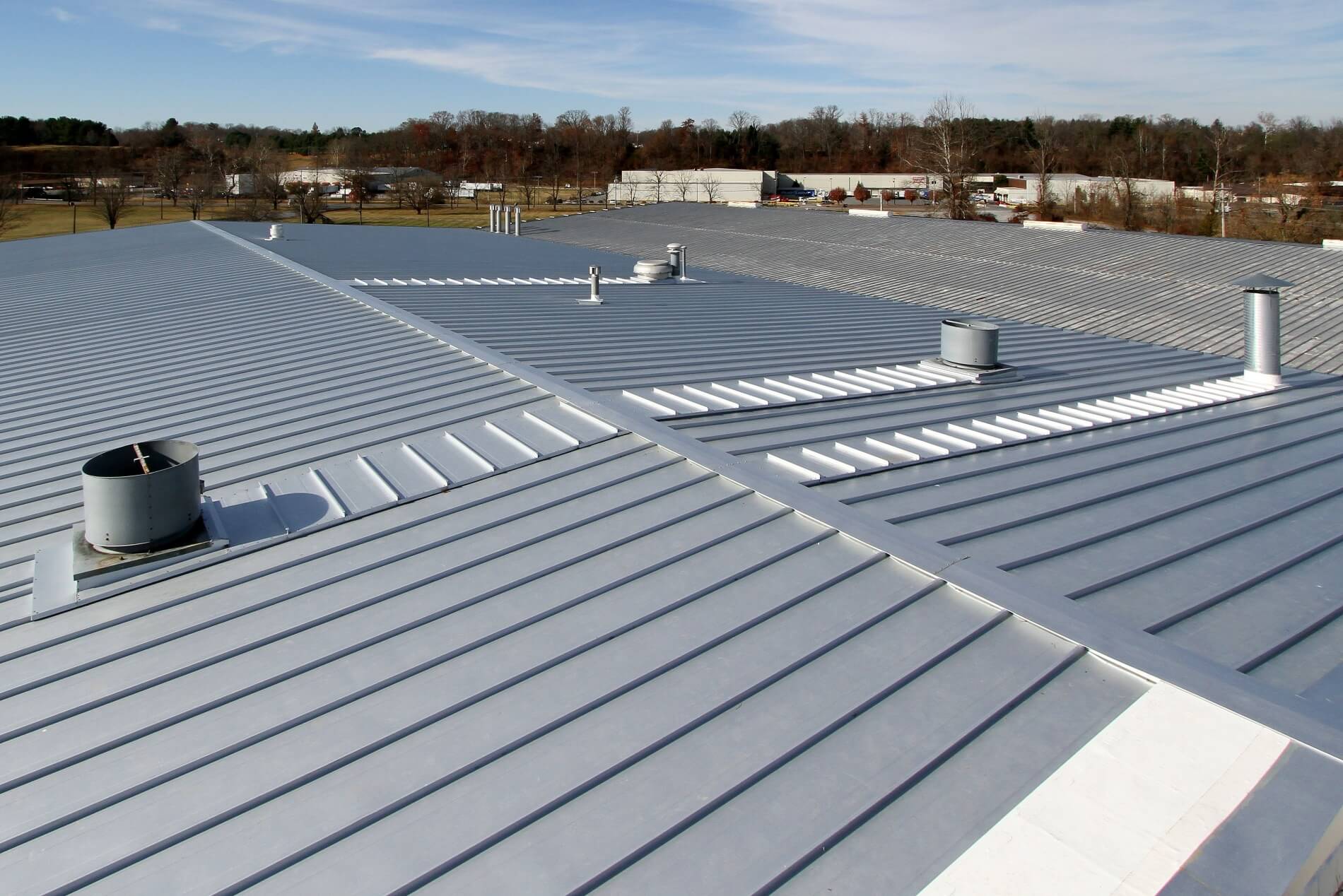What is The Impact of Weather on Roof Longevity?
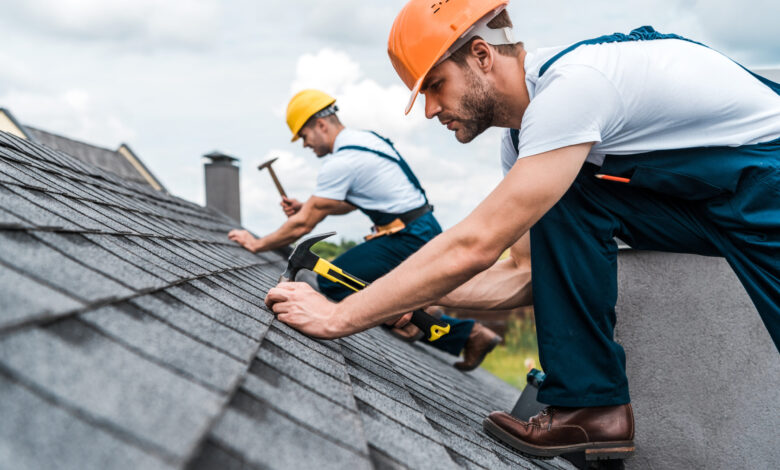
Roofs are the most important aspect of your home. Without them, you can’t stay dry and safe from the elements. A worn-out roof can become damaged quickly due to weather conditions. Weather has an enormous impact on the longevity of roofs because it affects their overall strength, quality and structure.
Understanding how weather impacts your roof will help you better understand what precautions you need to take to protect your home from damage
Understanding roof longevity
Roofing materials, designs and installation are the most important factors in determining how long your roof will last. However, other factors can affect it as well, including:
A good quality roof will require regular maintenance to ensure it performs at its best for as long as possible. This includes cleaning gutters and drains regularly, inspecting the fascia boards for signs of rot or decay, checking guttering for blockages and making sure that downpipes are clear so water flows away from your home efficiently.
If you notice any damage to your roof or leakages occurring inside then this must be repaired immediately before further problems arise such as mould growth which can cause serious health issues if left untreated over time
Weather and its impact on roofs
Roofs are subject to extreme weather conditions and can be damaged by sun, snow, ice, wind and rain. Even hail can inflict significant damage on your roof.
How you protect your roof from these elements depends on multiple factors and elements. Here’s more:
Sun
Roofs are designed to be exposed to the sun. Many Ealing roofing materials can withstand high temperatures and even direct sunlight for long periods. However, if your roof is exposed to too much sun over an extended period, it can become damaged or even fail under the weight of its shingles or tiles.
If you live in a climate where there is significant seasonal variation between sunny days and cloudy ones (such as Seattle), then this may not be an issue for you–but if you live somewhere with year-round hot weather (like Phoenix), then it might be worth considering how much shade your house gets during different parts of the day as well as how often it rains there so that you don’t accidentally end up damaging any part of your home’s exterior by leaving it unprotected from UV rays!
In hot climates like Texas and Arizona that receive high amounts of sunlight throughout the year (more than 6 hours per day), it’s important to use a reflective material such as aluminium or white shingles that reflect heat instead of absorbing it into the material itself which causes warping or cracking over time.
Snow
Roofs in cold climates should have snow guards installed around the edges so that falling snow doesn’t accumulate on top of them. Ice dams form when melted water cannot drain properly due to poor insulation around eaves/soffits areas where runoff accumulates during winter months causing leaks inside walls/attics which may lead to structural damage downline if not addressed immediately upon noticing symptoms early enough before they become worse.
The weight of heavy snow and ice can cause damage to your roofing materials. This may lead to leaks that allow water into your home, which can result in mould growth and other health issues. Additionally, snow and ice can cause a collapse of a poorly maintained roof. If you have an older home without sufficient insulation or ventilation, this is especially concerning as it could cause structural damage as well as increase energy bills over time.
Read More: Top 10 Things to Consider Before Buying a Home
Hail storms
Hail storms are more common in certain regions, but they can still be a problem for roofs everywhere. Hail causes damage to roofs by cracking or breaking shingles and causing leaks that can lead to mould growth. If you live in an area where hailstorms are common, it’s important to have your roof inspected regularly so that any necessary repairs can be made before they become too severe.
High winds
High winds can cause damage to the roof in several ways. First, they can blow debris onto the roof and potentially into your home. Debris can include leaves and other organic matter, which will eventually rot and cause mould to grow inside your home. As well as being unsightly, this can also be harmful to your health if you breathe in spores from the mould spores or get them on your skin when cleaning up after a storm has passed through.
Secondly, high winds have been known to lift roofs off their supports entirely; this is especially true if there is any leakage between panels or underlayment boards that hold up shingles or tiles. If this happens when no one is home then there may not be anything left behind except for some stripped screws where once there was support for shingles/tiles etc.
Heavy rain and wind damage
The impact of heavy rain and wind damage on roof longevity can vary depending on the type of roof you have. For example, metal roofs are more durable than asphalt shingles, but they’re also more expensive to install. If you need a new metal roof and your current one is still in good condition, it may make sense for you to wait until after the next storm season before getting it replaced so that you don’t spend money unnecessarily.
On the other hand, if your current asphalt shingle roof has started leaking or showing signs of wear (like cracked shingles), then it might be time for an upgrade sooner rather than later, especially if there’s another big rainstorm coming up soon!
Regional considerations
As you might expect, the weather is different in different regions. Roofing materials are also different depending on what part of the country you live in and even down to individual neighbourhoods within cities.
Contractors themselves can vary significantly depending on their location as well; some contractors may be more experienced with certain types of roofs than others, which could mean they’re better able to handle any problems that arise with your particular kind of material or installation method.
Keep Reading: Discussion on The Benefits of Drain Jetting
Preventive measures and maintenance tips
Seasonal roof inspections
It’s important to inspect your roof at least once a year, preferably in the spring and fall. The best time to inspect is after a rainstorm, as this will help you identify any damage caused by leaks or other problems.
You should also be sure that you inspect your roof in the morning on a day when it has not rained recently and there are no leaves or debris stuck on top of it.
Timely repairs
It’s a common misconception that repairing a roof is more expensive than replacing it. Repairing your current roof can extend its life by several years and save you thousands of dollars in replacement costs.
If you notice damage to your roof–such as missing shingles or cracked tiles–get it fixed right away so that the problem doesn’t get worse over time.
Weather-adaptive roofing solutions
The impact of weather on roof longevity is significant, but it’s not the only factor you need to consider. Roofs that can withstand weather conditions and are designed to last have a greater chance of lasting longer than those that aren’t.
A durable material like steel or zinc may be more expensive, but it will also last longer than other materials like wood and asphalt shingles. When you choose a High Wycombe roofing contractor for your home or business, make sure they use quality materials and adhere to industry standards for installation so your new roof can stand up against any storm season.
Professional roofing services
Professional roofing services are important to consider when it comes to protecting your home and the longevity of your roof. With proper maintenance, you can avoid costly repairs, dangerous situations and even legal issues.
In a nutshell
The weather can be a powerful force, and it can quickly wear down your roof. The best way to protect your home is by getting regular inspections and repairs.
For expert roofing services and personalized advice on protecting your home from weather-related damage, check out P and S Contractors. Safeguard your investment with professional care!
If you’re interested in exploring more content related to roofing and home protection, don’t forget to visit our page on RedGif. Our experts provide valuable insights to help you make informed decisions for the well-being of your home.


